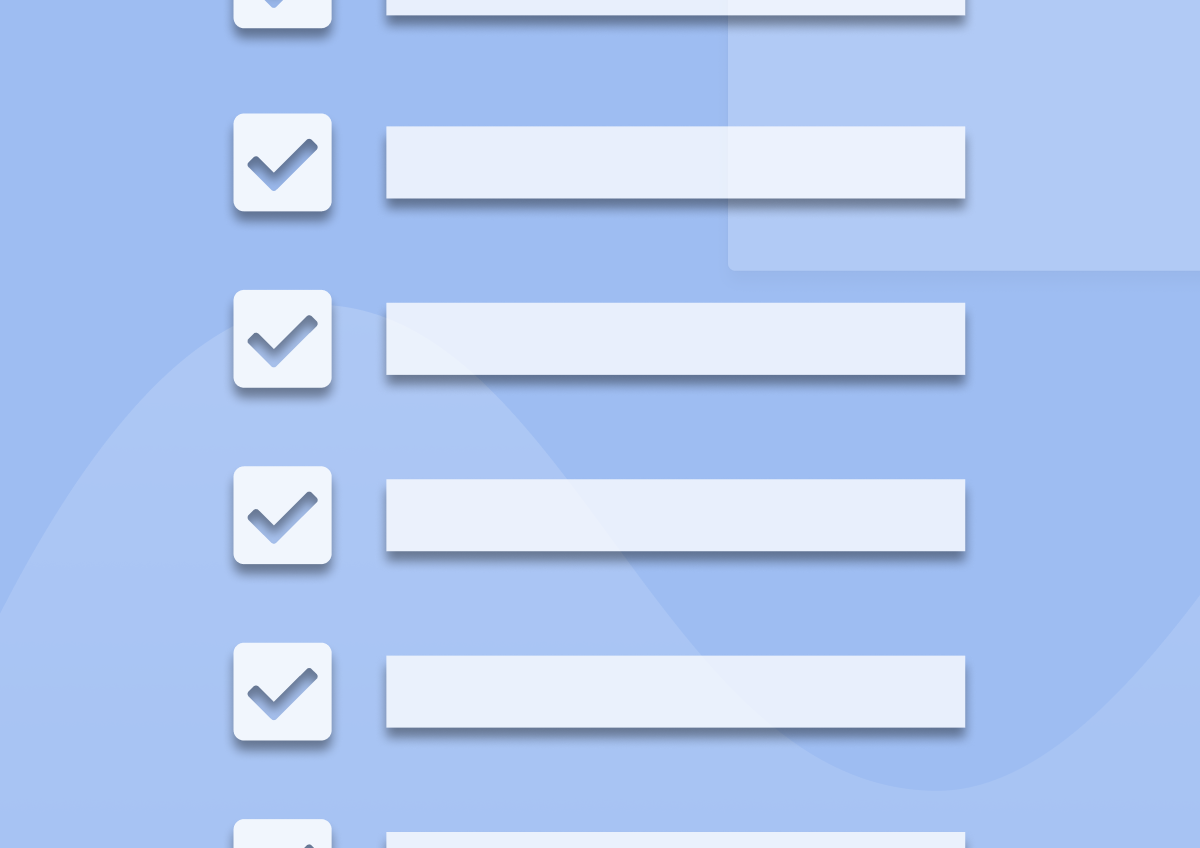SaaS Sales Models: Choosing the Best Sales Strategy for Your SaaS
In SaaS, much of your success depends on the sales model you choose.
Why, because, how you decide to convert potential customers into paying customers – the activity in which I include both your sales process and the go-to-market strategy – will affect your chances for generating the growth and revenue you are after greatly.
Much of it is dictated by your product type, the market, and the target audience, of course. Naturally, you will sell a product with low annual revenue per account differently than a one targeting what Christoph Janz described beautifully as elephants – large, enterprise customers paying you thousands of dollars per year each.
The former will require as little involvement from you in the process as possible. Otherwise, the costs will make the whole enterprise prohibitive. It’s quite the opposite with the latter.
So, how do you choose the right sales model? And what are the challenges you will face with it?
Let’s explore.
Why Choosing the Right SaaS Sales Model is So Critical?
The sales model dictates your ability to grow, for one.
Even the slightest mismatch between what the target market expects and the process you require it to go through might result in struggling with making sales, in fact.
Let’s take a simpler SaaS product, one with a limited feature set aimed at small business owners. For some reason, however, the product comes with a price tag that is perceived as too high. Because of those limitations and market positioning, its founders might find themselves spending too much time convincing potential users to its value.
Or let’s imagine that the company does, in fact, charge what seems like a reasonable average selling price. However, before being able to use the product, a potential customer has to sit through a demo and talk to the sales team. The founders decided to go with such a process because they want to make sure that leads to experience the full value of the product and don’t drop off after 5 minutes of self-service. Unfortunately, customers might perceive the product as something they should sign up for and start using right away.
As a result, the company’s sales team might struggle to fill the calendar with bookings.
I chose the two examples above deliberately. They illustrate two critical factors in the SaaS business model – price and the complexity of the sales process.
Let’s discuss them briefly.
The Price
There is a multi-level connection between your prices and the ability to grow.
For one, the price reflects the product’s value to your market. One could argue that you could become innovative with price, of course. At times, however, doing so – trying to convince customers accustomed to specific price levels to your higher rates – would prove too cost-ineffective.
Pricing dictates your customer value. This visual from Christoph Janz illustrates it perfectly.

Price affects your customer acquisition methods too. Depending on the annual value of the customer, you either can or cannot use certain marketing or sales channels due to the acquisition cost.
The Sales Process
Similarly, the complexity of your sales process will affect your rate of growth. A product that’s easy to sign up to will, typically, generate signups faster than expensive offering requiring multiple steps in the process.
I realize that I’m simplifying the above, of course. Many other factors contribute to the speed of growth – the success of marketing strategies, the right positioning, messaging, etc.
That said, I think we can assume safely that the simpler the process, the greater sales velocity and the close rate you can expect. Not to mention, a lower acquisition cost.
Your sales model, therefore, must satisfy the factors above – match the price with the complexity of the sales process.
The sales model will also affect your chances for further funding
Having the right sales model will provide you with the growth potential investors want to see to consider funding you further.
The wrong model, on the other hand, will only elevate your SaaS startup’s CAC and burn whatever cash you might have had without providing any meaningful return.
Choosing the Right SaaS Sales Model
Overall, you have three models to choose from:
- The self-service model,
- Transactional model, and
- The enterprise model.
(Please note, I first learned about those models from Joel York’s wonderful publication called “SaaS Sales Models: Strategic and Organizational Choices.” You can read more about it here.)
The Self-serve Model
This model requires no sales activity, actually.
Instead, it’s the marketing that takes full responsibility for generating the revenue. This happens, usually by generating awareness about the product, publishing content to attract the right audience, setting up automation sequences and optimizing the signup process to generate new users.
The model works particularly well for low price point companies, where:
- It costs too much to have dedicated sales reps to convert potential inquiries into sales, and
- The market is willing to service themselves (i.e., sign up and use the onboarding sequence provided to deliver the value from the product.) In this case, the company must be sure that potential customers possess the technical know-how to manage the process themselves.
The Transactional Sales Model
When faced with the prospect of spending more cash on the product, customers become less willing to do so without having at least some interaction with the company. This comes as a result of a higher perception of risk resulting from the greater price, typically.
It may not necessarily mean that they’ll demand signing contracts of course. However, it might be the case for some.
Overall, this model is characterized by having inside sales teams, as well as a whole range of online content to build relationships with potential clients and convert them into sales.
In this model, the marketing department’s role shifts to focusing on lead generation and building the pipeline of opportunities or supporting the customer’s purchase process with content marketing. It is rarely responsible for the entire revenue, though.
Worth to note: Many Self-service SaaS businesses decide to go up-market, moving to the transactional sales model, as their business matures and expands to encompass features required by those bigger customers.
The Enterprise Model
I guess much has been said about enterprise SaaS sales, and I’m certain you’ve heard stories of how long or strenuous the process can be.
It’s all true.
Enterprise selling is complex, requiring a dedicated sales operation to identify, nurture, build new business relationships, close and support customers on hefty annual contracts.
Enterprise companies often employ multiple sales teams, supported by product marketing and other sales resources to engage and convert high-value accounts.
Depending on which model you choose, you should know about the challenges associated with it.
Challenges with The Above Sales Models
When you operate a customer self-serve company:
You can expect a high volume of leads – freemium or trial signups, newsletter signups, lead magnet downloads, and other top-of-the-funnel leads, etc.
You, most likely, won’t have many opportunities to determine their quality, a problem that might become an issue when deciding to go up-market. In such an instance, you will need to know which users are a good fit to suggest an upgrade to a higher plan.
Challenges with the transactional model include:
A lower lead volume but the higher requirement to focus on the highest quality opportunities only. This is particularly important when you have one or two sales reps and need to maximize their time.
In the enterprise model:
You have to go through a lengthy sales cycle and unfortunately, struggle with costs of pursuing opportunities that aren’t worth your time and effort.
In the enterprise world, with a bad lead, these could amount to a serious expense!
Is there a way to overcome those challenges in each of the SaaS sales models?
In case you are operating a SaaS with a self-service model and want to go up-market, I have good news for you. In fact, we’ve built Refiner to help SaaS self-service companies identify their hottest sales opportunities and go upmarket.
In a nutshell, Refiner combines customer demographic data with behavioral data to identify customer fit and engagement to provide salespeople with insights about who they should talk to (PQLs,) when (via daily inboxes with today’s hottest users,) and all the information they could use to make the sales conversation more relevant.
Intrigued? Find out more about Refiner here.









